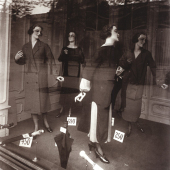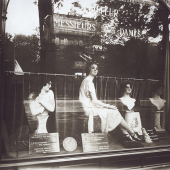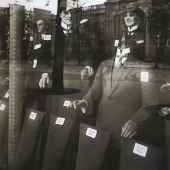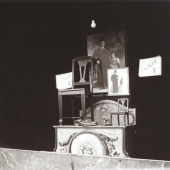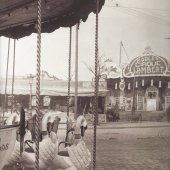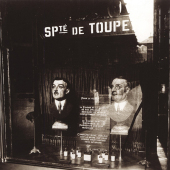
Archives for 2014
posted in October, 2014
today’s daily snap: in varanasi, india
posted on 29/10/2014
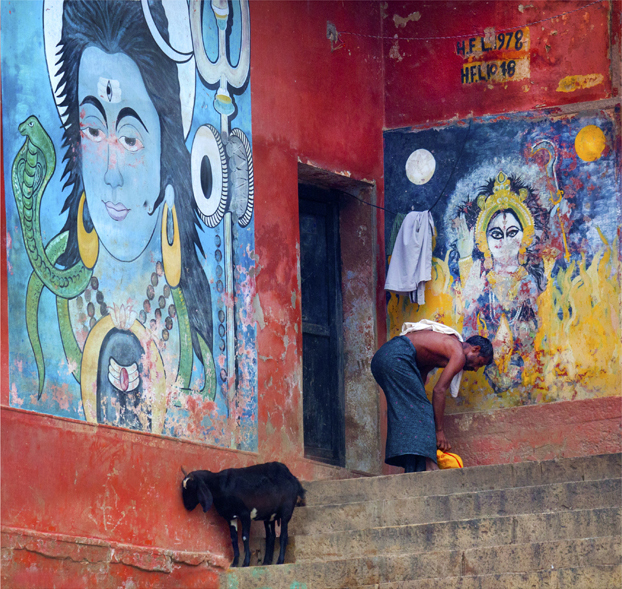
Daily snap for 29 October, 2014 from Grant Faint.
polaroid self-portraits by stevie nicks
posted on 27/09/2014
From the 70s file: Stevie Nicks art directs herself. From the Guardian:
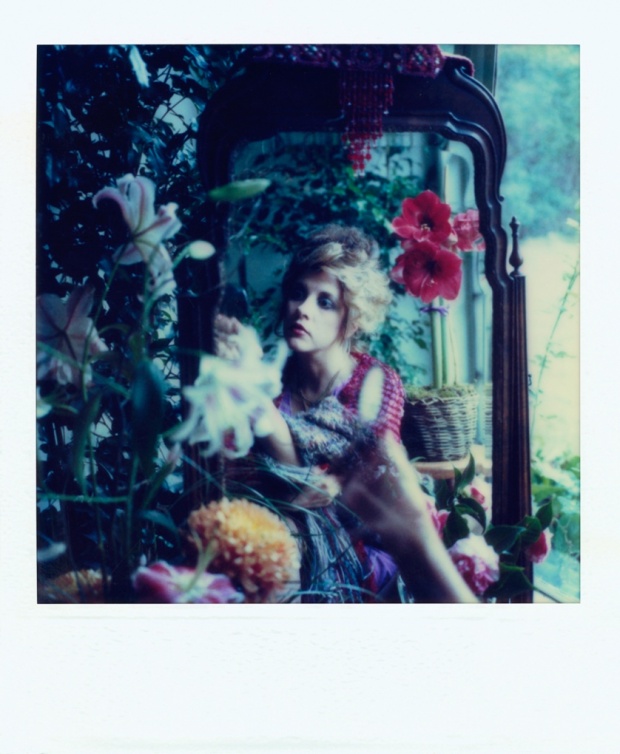
A collection of self-portrait Polaroids shot by Fleetwood Mac legend Stevie Nicks will go on display at a New York City gallery next month after languishing in a shoebox for decades.
“Some people don’t sleep at night. I’m one of those people,” Nicks said in a statement about the photographs. “I would begin after midnight and go until 4 or 5 in the morning. I stopped at sunrise, like a vampire. I never really thought anyone would ever see these pictures.”
The exhibit, 24 Karat Gold, curated by Eurythmics guitarist and Stevie Nicks collaborator Dave Stewart, accompanies a new album from Nicks, which will be released under the same title. The album, like the portraits, is a time capsule unearthed: the songs were written and demo-ed between 1969 and 1987, but re-recorded in recent months.
The Guardian spoke to Peter Blachley, owner of the Morrison Hotel Gallery, where the exhibit takes place next month, about the show.
[. . .]
She said that she took the pictures to “learn how to be a photographer”. To me, many of the images look very sophisticated, like the work of a pro. Is she just being modest?
I think she was really being her own muse in terms of how she wanted to see herself. She sort of opened up this wonderful treasure chest of clothing and furniture and accessories, and all the things that she would have had around her to create these little worlds of fashion, and how she saw herself.
From a photographic point of view, if you look at those Polaroids, at the photographs, of course this is before digital and today it’s a lot easier to take digital self-portraits because the cameras auto-focus, they auto-color, they do everything. Even those early Polaroid cameras that she was using with a cord – in the shot where she’s in the swimming pool you can see the cord in her hand as she’s clicking the shot – in every other shot she’s disguised it very well.
So I think even though she was learning and experimenting, she was very sophisticated in her knowledge of composition, her knowledge of framing, her knowledge of color. Because the shots are just beautifully art directed.
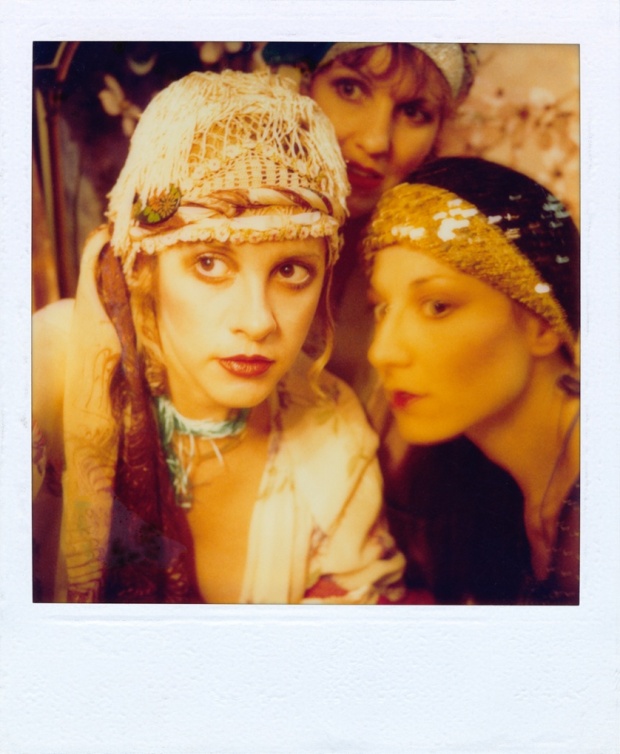
anders petersen and cafe lehmitz
posted on 08/04/2014
From the Guardian’s series My Best Shot, Anders Petersen explains this photo’s backstory and offers this advice: ‘People always talk about having to be strong. But for me, you have to be weak – weak enough to feel, to be involved, to be as you are. Don’t be strong, be weak.’
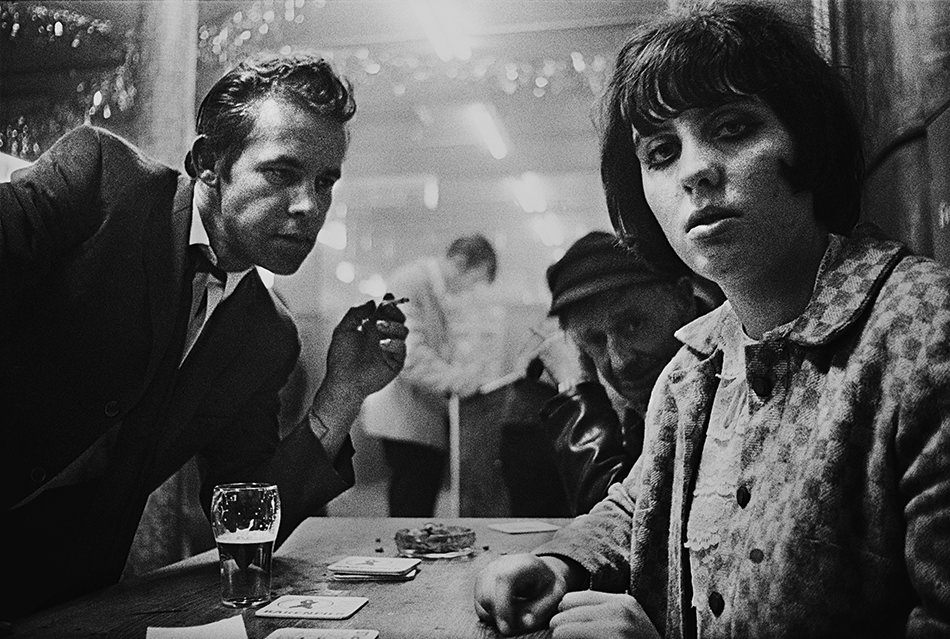
It was one in the morning and I was waiting for my friend Gertrude at Cafe Lehmitz in Hamburg. The place was chock full of people and there was great music playing on the jukebox. It was 1967. A man came up to me and asked about my camera, which was on the table. It was a Nikon F and I said it was a good camera. He said: “I have a nicer one.” His was a Kodak Retina 1C. We raised our beers and said cheers to the cameras. Then we danced with some beautiful ladies.
Suddenly, across the room, I noticed a group of people were throwing my camera back and forth, taking pictures of each other. I went over and said: “Please take a picture of me because it’s my camera.” OK, they said, then handed it back. So I took some pictures of my own – and that was how I started photographing in Cafe Lehmitz.
I kept taking shots there for the next three years, travelling back and forth to Stockholm, where I was studying photography, to develop my film. At the cafe, I would sleep in the kitchen for free, in exchange for looking after the cook’s children. My time there was very formative. The cafe even staged my first exhibition: I pinned 350 pictures above the bar and said if anyone recognised themselves they could take the picture down and keep it. After a few days the walls were empty.
This picture is all about the personalities. Lilly was everyone’s darling, a charismatic woman – many men were in love with her, and she knew it. The man on the left was known as Rose because of the tattoo on his chest. He was well dressed because he had come from work, a restaurant 10 minutes away. Every night, he would come to Cafe Lehmitz to see his friends, but mostly to see Lilly. Rose was a serious guy, and he only had eyes for her. Lilly was angry with me when I took this picture because I had been photographing her so much. She said: “Can’t you just behave like normal – have a beer and be like everyone else? Do you have to take pictures all the time? Please finito, now!” You see the little guy behind her? That is Scar. He was a very famous sword-swallower. He talked about it a lot and he got into a lot of fights – but he was still a nice man.
All sorts of people went to Cafe Lehmitz: locals, people from the harbour and surrounding cities, as well as a lot of elderly prostitutes from the St Pauli area. Old people went there who had had a hard life and were not accepted anywhere else. I took hundreds of photographs – it’s like a family album – but this one is special. I like these three characters and they are being themselves.







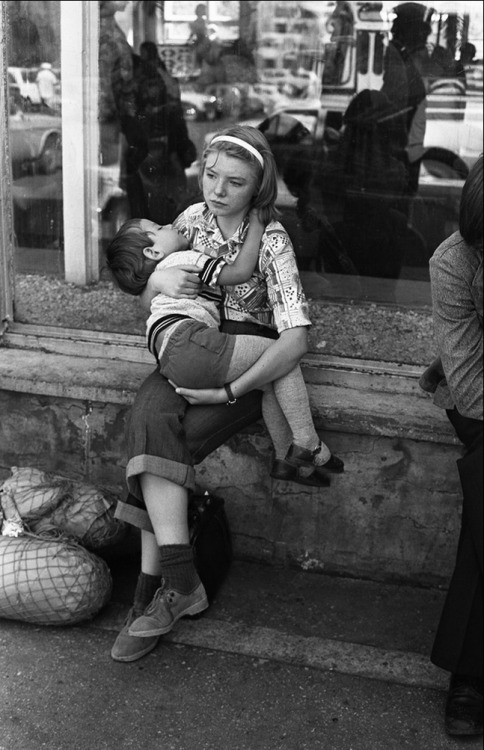
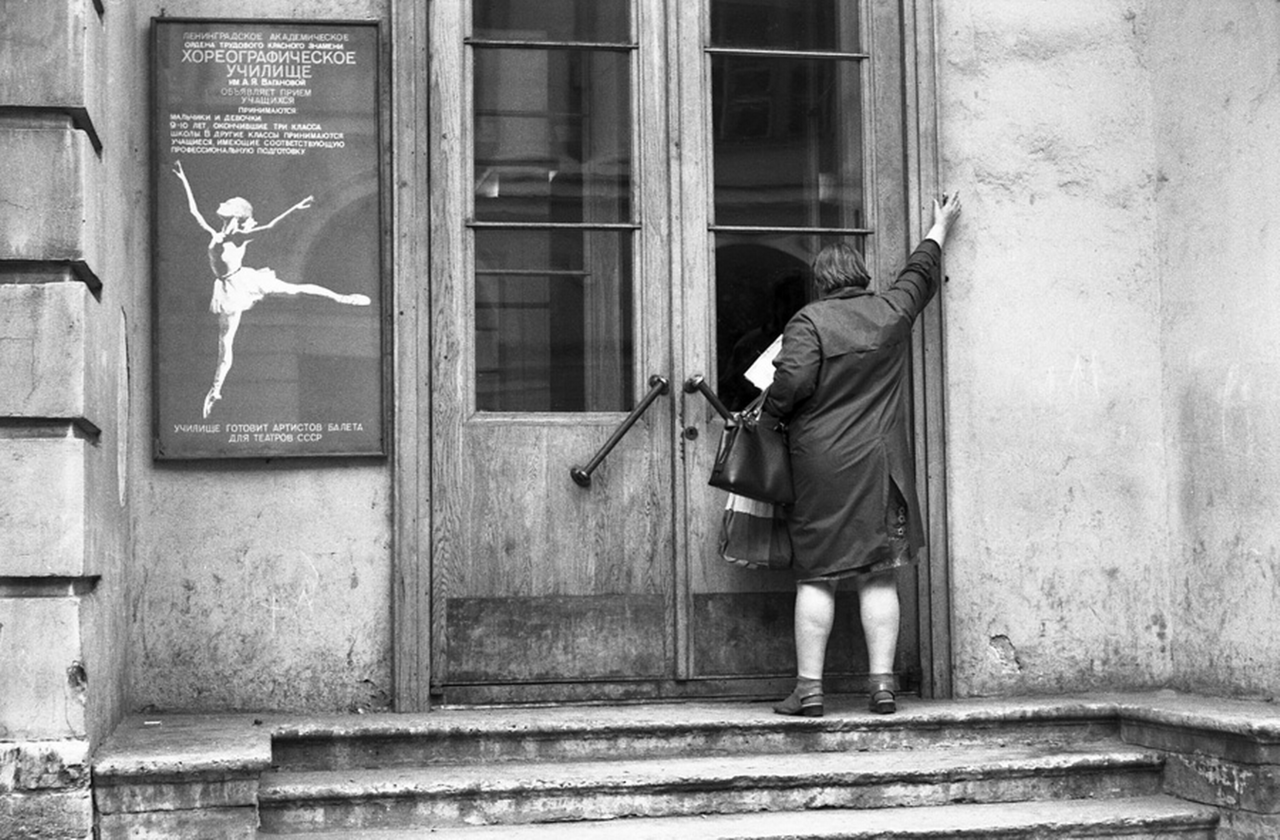
 Mumbai, India, 2006. A photographic reconstruction of the Shilpiri household, from Magnum photographer
Mumbai, India, 2006. A photographic reconstruction of the Shilpiri household, from Magnum photographer 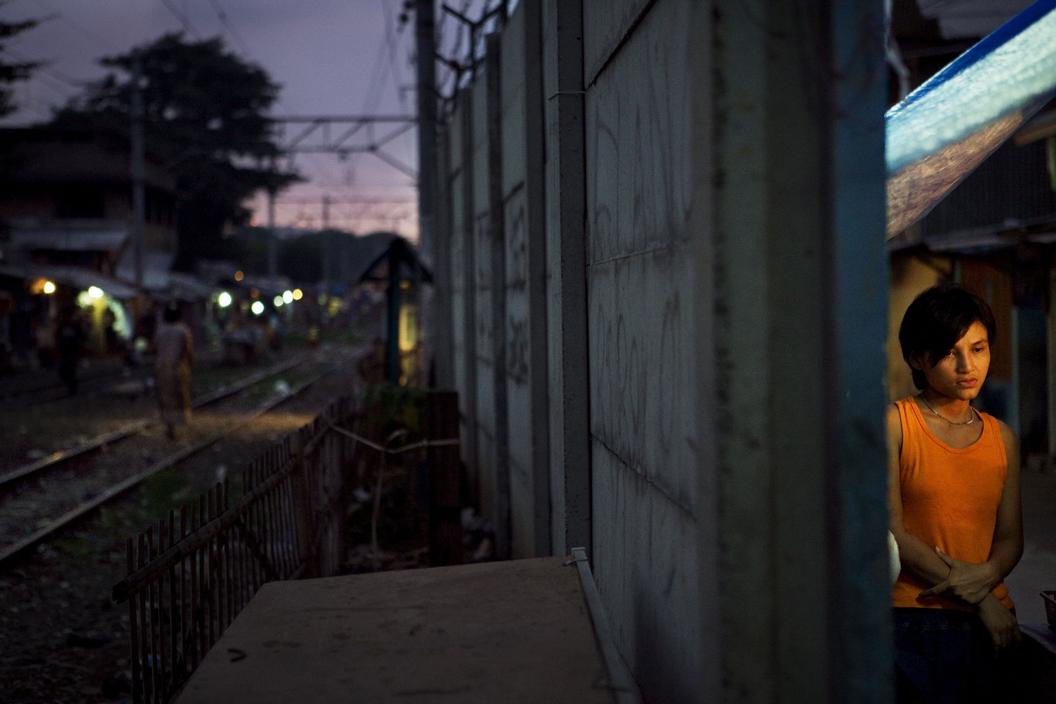
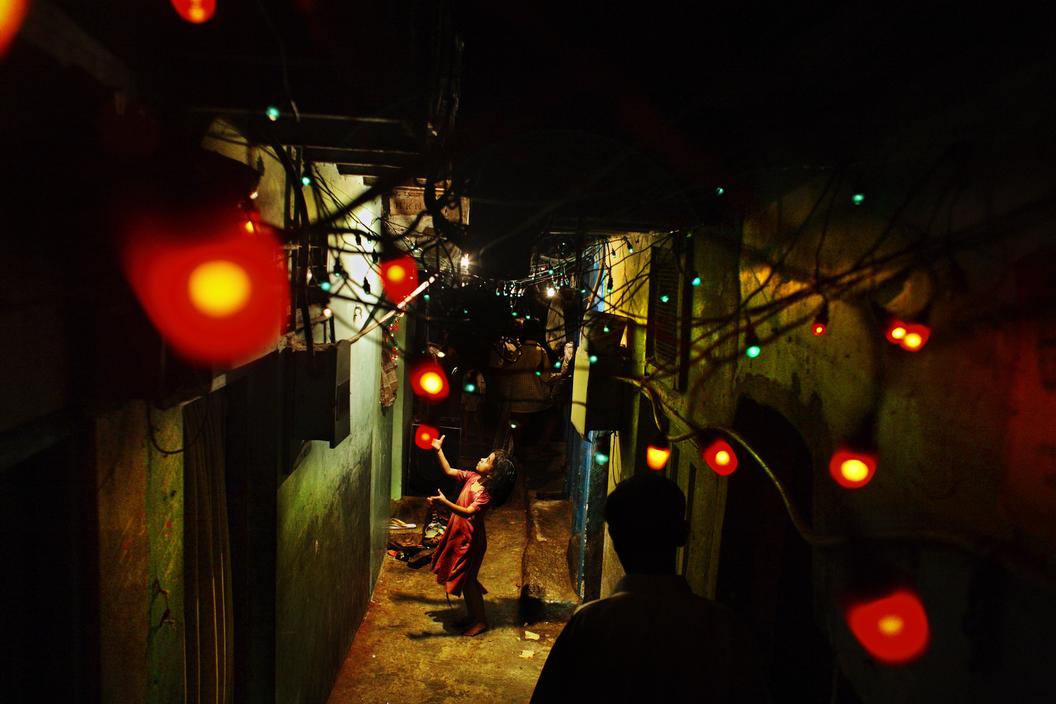
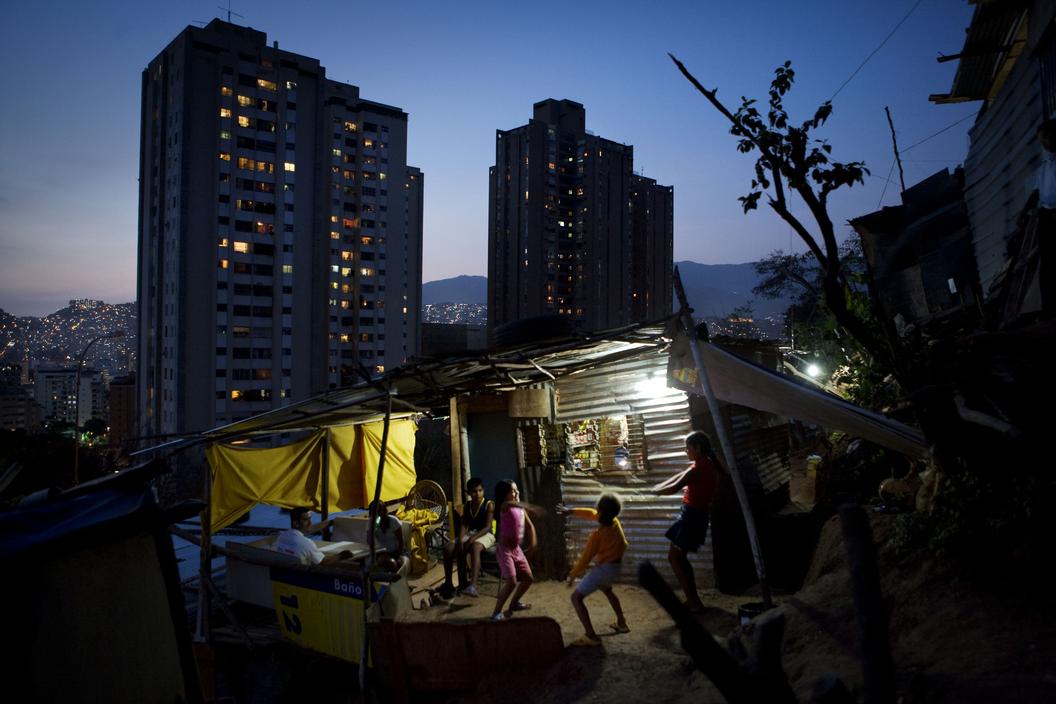
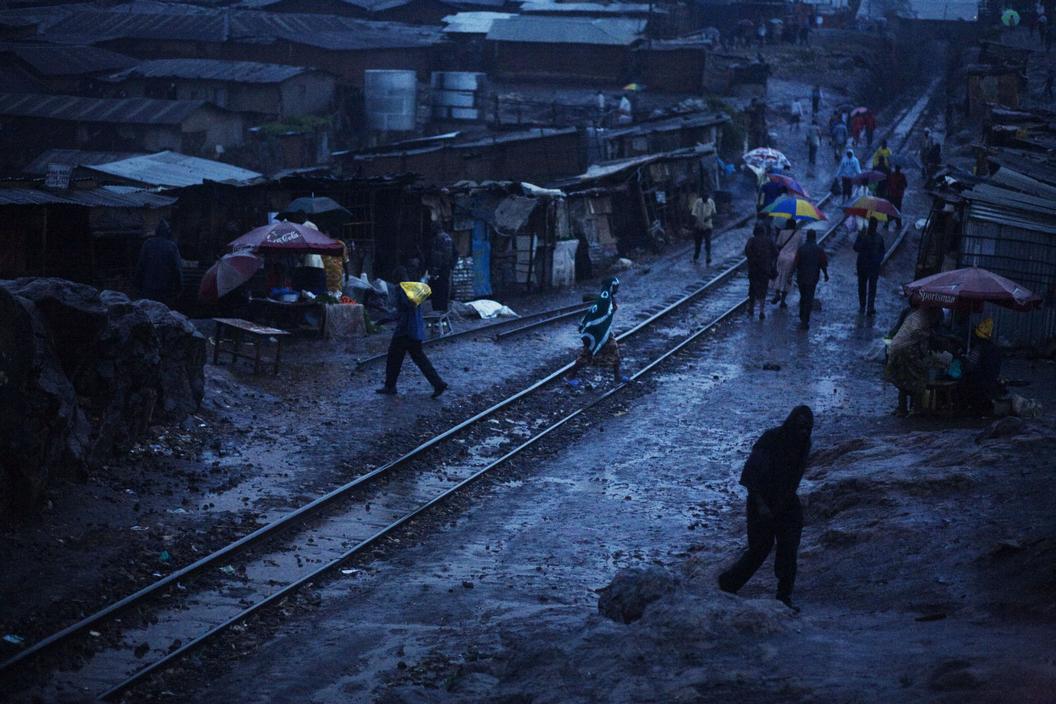
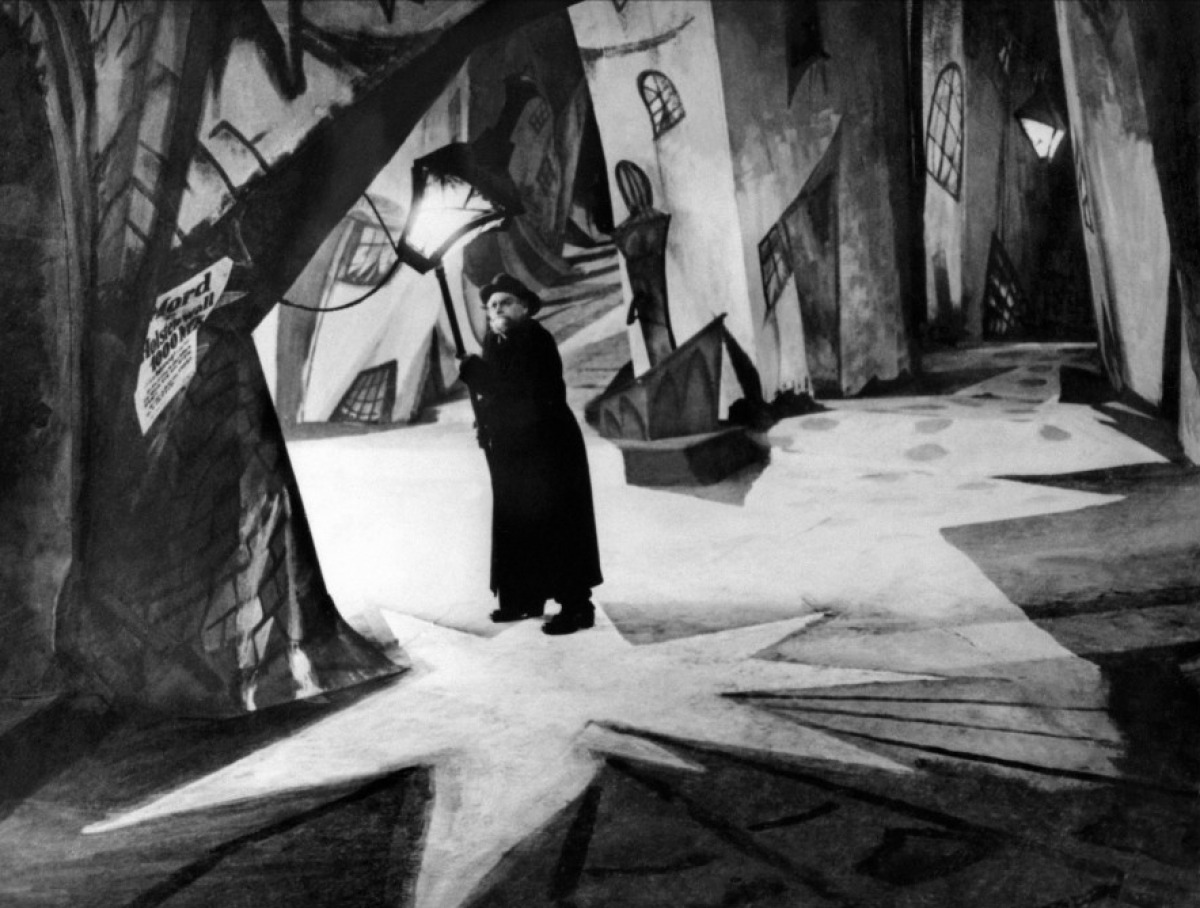 The Cabinet of Dr Caligari (1920)
The Cabinet of Dr Caligari (1920) Metropolis (1927)
Metropolis (1927)